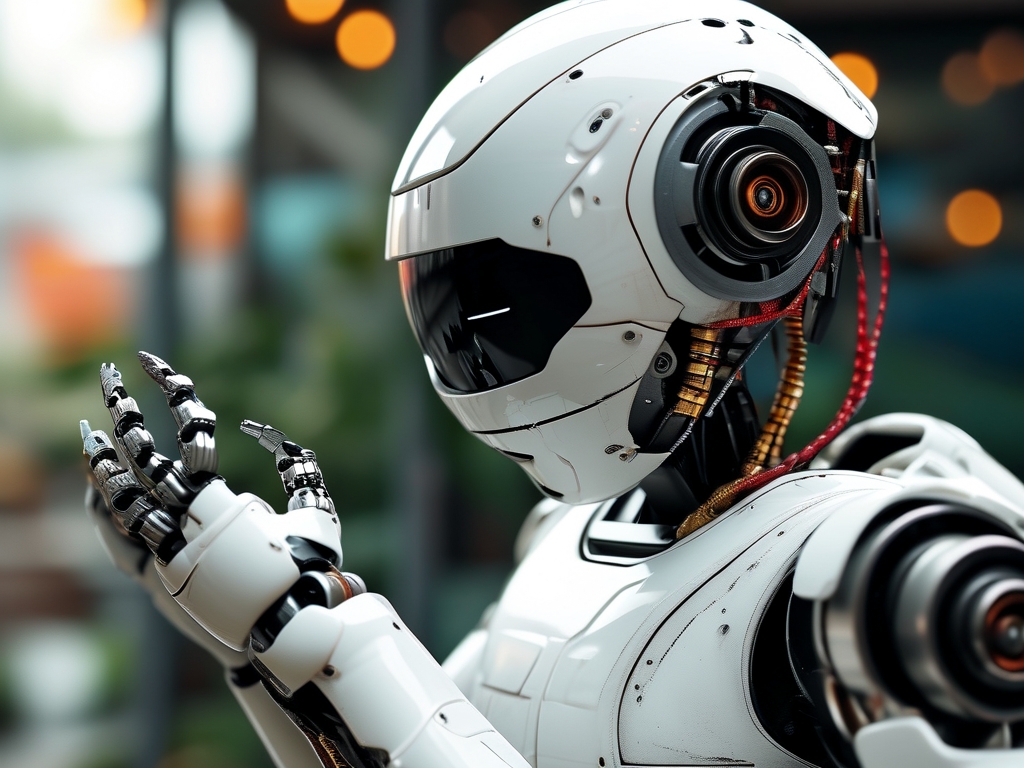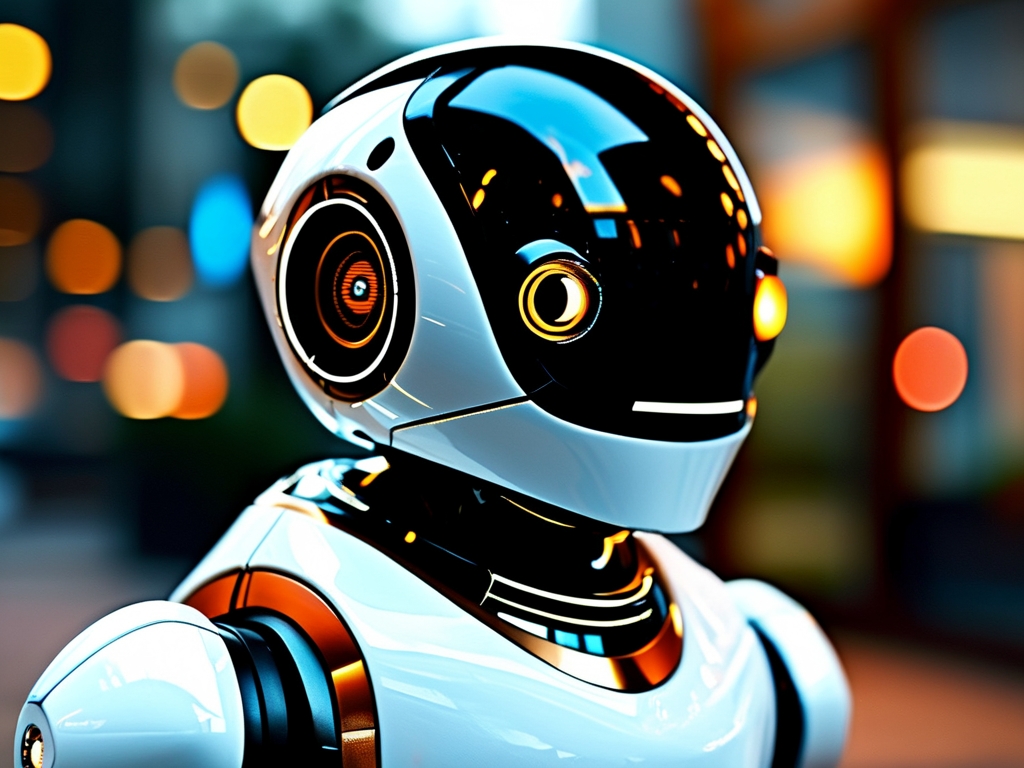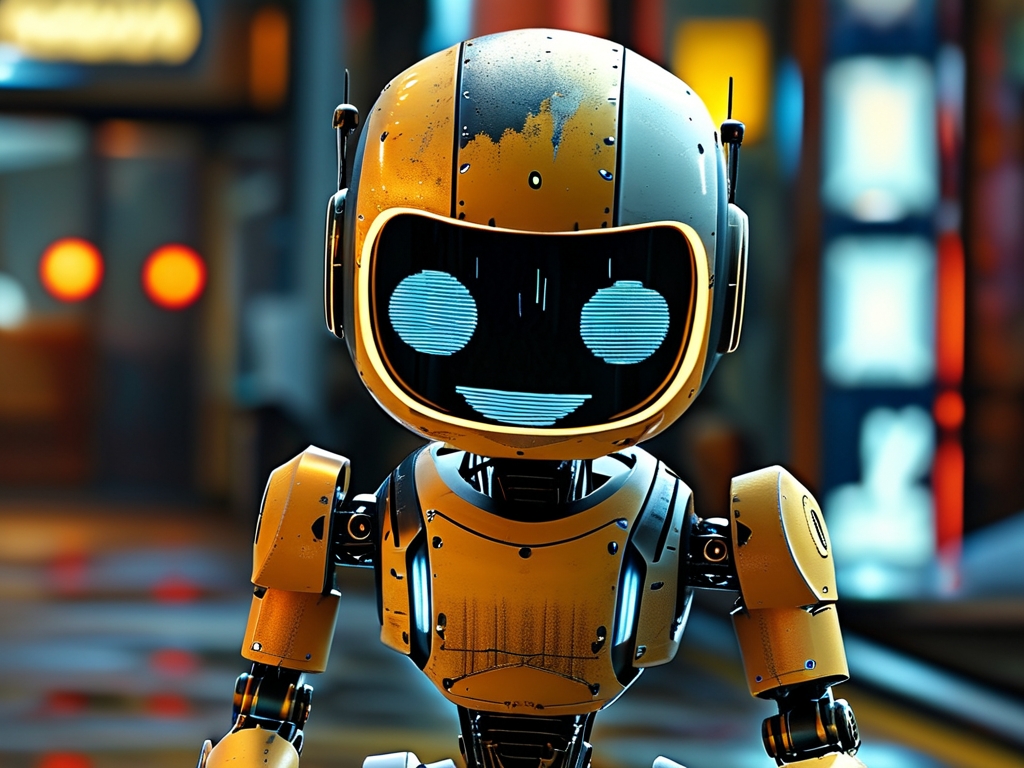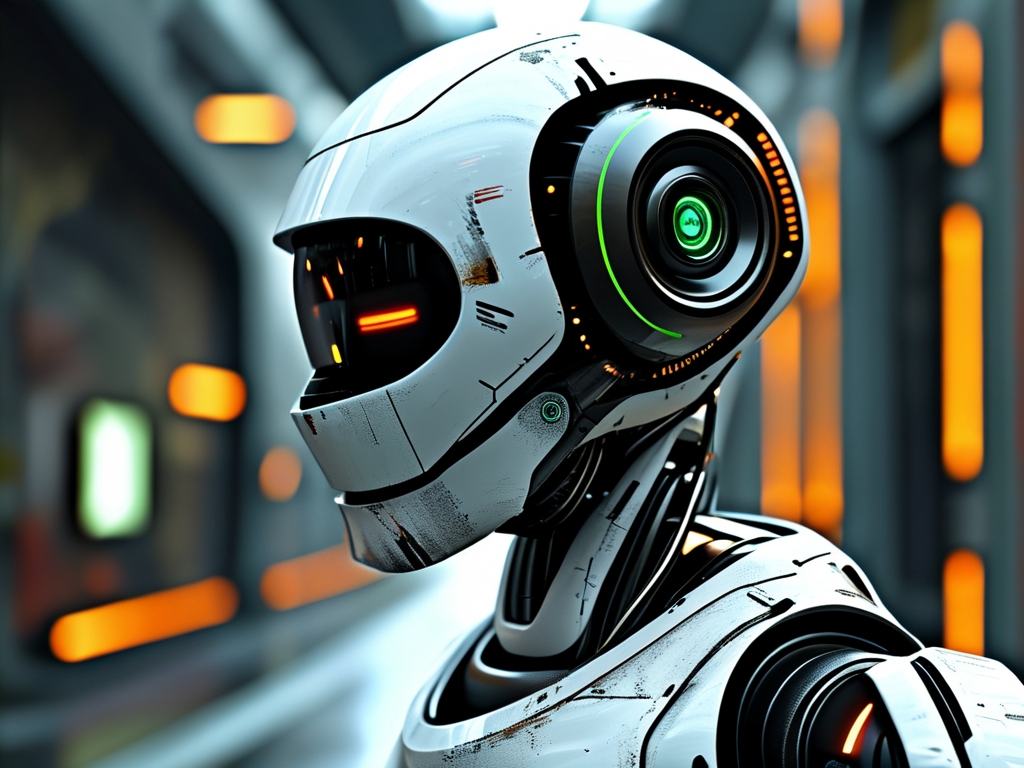Collaborative robots, or "cobots," represent a transformative leap in automation technology, designed to work alongside humans in shared workspaces. Unlike traditional industrial robots, which operate in isolated environments due to safety concerns, cobots prioritize flexibility, safety, and adaptability. This article explores the defining technical characteristics of collaborative robots, their applications, and their impact on modern industries.
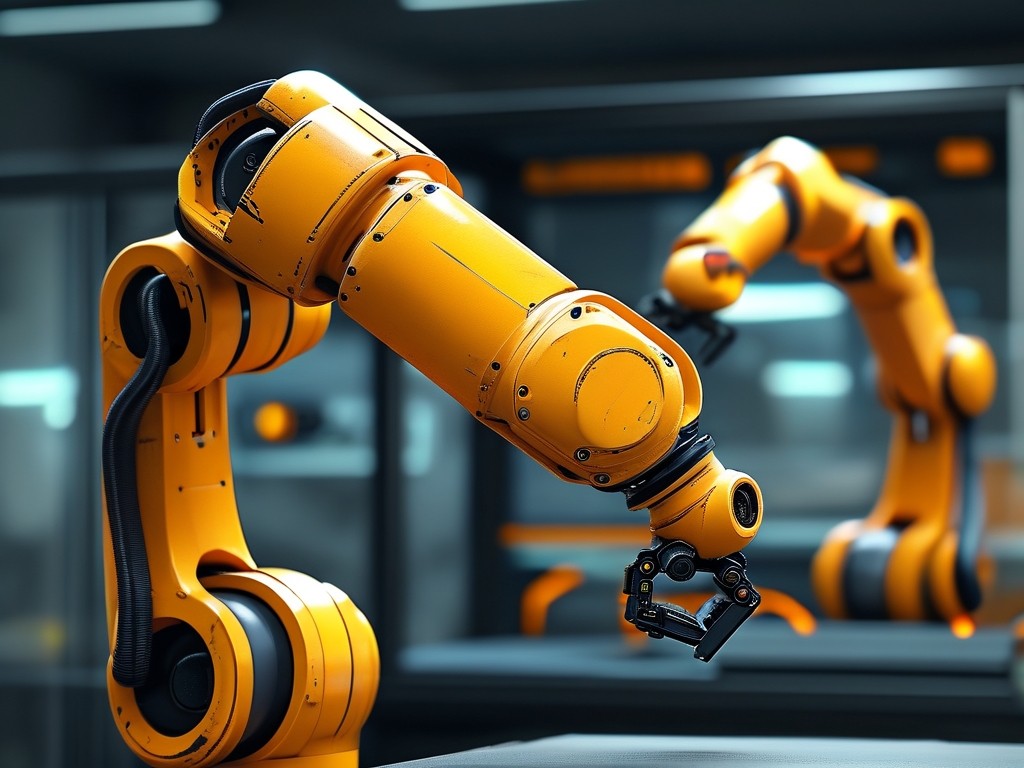
1. Safety-Centric Design
The foremost feature of cobots is their intrinsic safety mechanisms. Equipped with advanced sensors, force-limited joints, and collision detection systems, they minimize risks in human-robot interactions. For example, cobots use force feedback technology to detect unexpected resistance—such as accidental contact with a human worker—and immediately halt or adjust their motion. Standards like ISO/TS 15066 outline safety requirements for collaborative operations, ensuring cobots comply with rigorous industrial regulations. Additionally, lightweight materials and rounded edges further reduce injury risks, enabling seamless integration into dynamic environments like assembly lines or laboratories.
2. Flexibility and Ease of Programming
Cobots are designed for rapid deployment and reprogramming. Unlike traditional robots that require complex coding expertise, many cobots employ intuitive graphical interfaces or hand-guided teaching. Operators can physically move the robot arm through a task, which the system records and replicates. Platforms like Universal Robots’ URCap or Franka Emika’s Desk simplify customization, allowing non-experts to adapt cobots for tasks ranging from pick-and-place to precision welding. This flexibility makes them ideal for small-batch production or industries requiring frequent workflow changes.
3. Adaptive Sensing and AI Integration
Modern cobots leverage machine learning and computer vision to enhance autonomy. Vision systems, such as 3D cameras or LiDAR, enable real-time object recognition and spatial mapping. For instance, a cobot in a logistics warehouse can identify irregularly shaped parcels and adjust its grip accordingly. AI algorithms also allow cobots to learn from repetitive tasks, optimizing speed and accuracy over time. Companies like ABB and KUKA have integrated AI-driven cobots that predict maintenance needs or adapt to variations in production lines.
4. Payload and Precision Balance
While cobots generally handle lighter payloads (3–15 kg) compared to industrial robots, they excel in precision tasks. High-resolution encoders and harmonic drives ensure micron-level accuracy, making them suitable for electronics assembly, medical device manufacturing, or laboratory automation. For example, the YuMi cobot by ABB performs delicate tasks like threading needles or handling fragile components, combining dexterity with reliability.
5. Interoperability with Existing Systems
Cobots are built to complement—not replace—existing infrastructure. They support a wide range of end-effectors, from grippers and suction cups to specialized tools like soldering irons or dispensers. Open-source communication protocols (e.g., ROS, OPC UA) enable seamless integration with IoT platforms, ERP systems, or other machinery. This interoperability fosters smart factory ecosystems where cobots act as agile nodes in a connected production network.
6. Cost-Effectiveness and ROI
With lower upfront costs and reduced need for safety fencing, cobots offer an accessible entry point for SMEs. Their compact size minimizes floor space requirements, while their ability to work multiple shifts boosts productivity. A 2023 study by the International Federation of Robotics noted that cobot deployments often achieve ROI within 12 months, particularly in industries like food processing or automotive manufacturing.
Applications Across Industries
- Manufacturing: Cobots handle assembly, quality inspection, and machine tending.
- Healthcare: They assist in surgery, rehabilitation, and laboratory sample handling.
- Agriculture: Cobots automate harvesting and sorting tasks.
- Retail: They manage inventory and customer service roles.
Challenges and Future Trends
Despite their advantages, cobots face challenges such as limited payload capacity and the need for continuous safety validation. Future advancements may include swarm robotics (multiple cobots collaborating), enhanced AI decision-making, and improved human-robot communication via natural language processing.
In , collaborative robots redefine the boundaries of automation by merging human ingenuity with robotic efficiency. Their technical features—safety, adaptability, and intelligence—position them as indispensable tools in the Fourth Industrial Revolution. As technology evolves, cobots will continue to bridge the gap between fully manual and fully automated workflows, unlocking new possibilities for industries worldwide.


